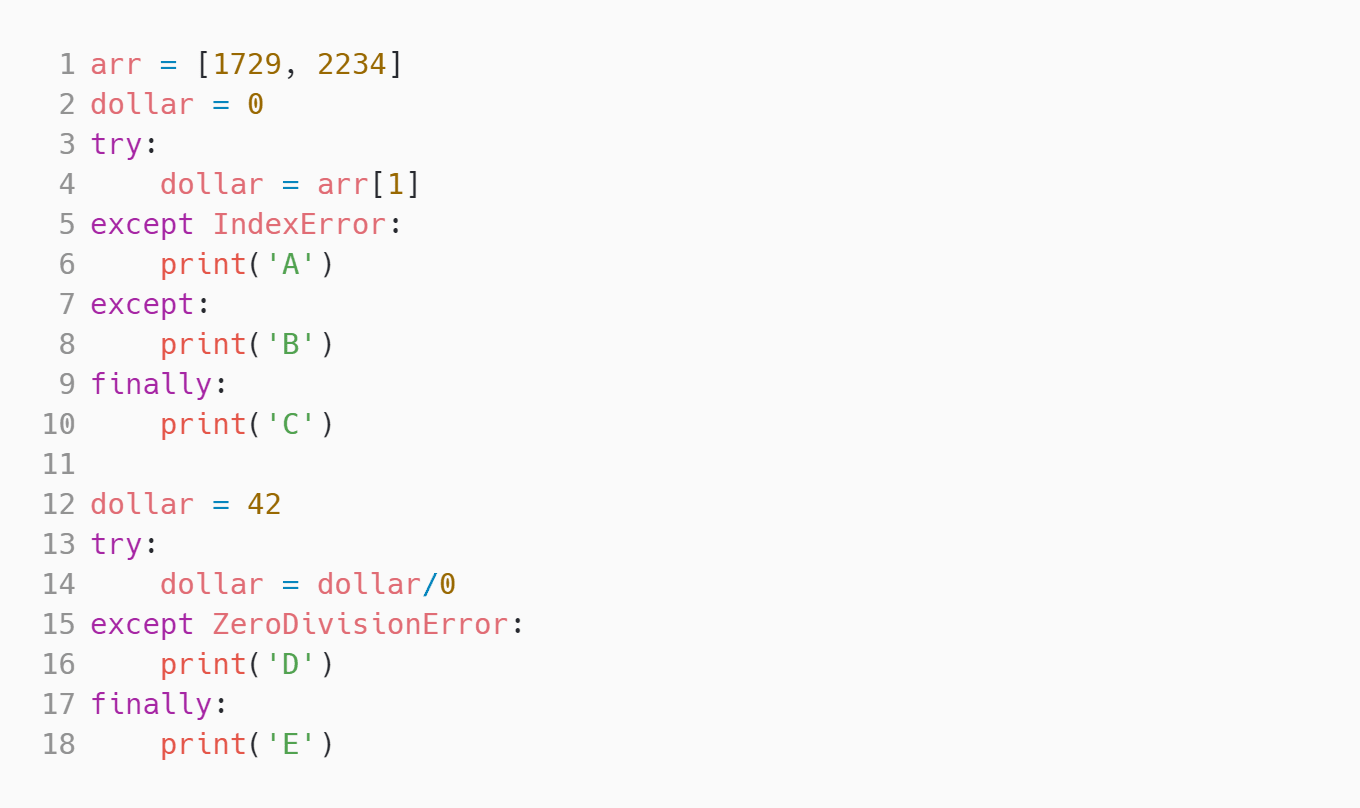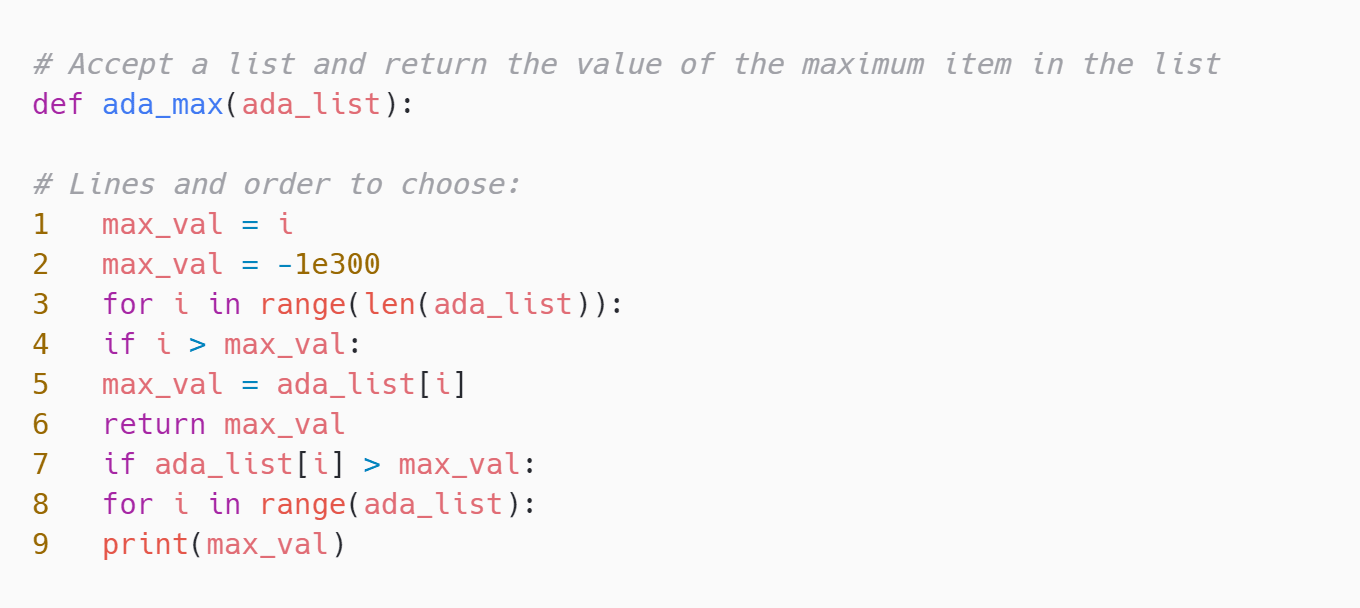Array Creation: Array creation refers to the process of initializing arrays with data. It includes functions such as np.array(), np.zeros(), np.ones(), and np.arange() that allow users to create arrays of desired shapes and fill them with specific values. This skill is measured in the test to assess the candidate's ability to create and manipulate arrays efficiently, which is essential in many data manipulation and analysis tasks.
Array Indexing and Slicing: Array indexing and slicing involve accessing and extracting specific elements or portions of an array. The numpy library provides various indexing techniques like integer array indexing, Boolean array indexing, and advanced indexing using integers or arrays of indices. Assessing this skill in the test helps evaluate the candidate's proficiency in extracting and manipulating array data based on specific requirements.
Array Operations: Array operations refer to mathematical and logical operations performed on arrays, such as addition, subtraction, multiplication, division, exponentiation, and comparisons. These operations can be performed element-wise or matrix-wise, allowing for efficient computation on large datasets. Including this skill in the test helps measure a candidate's ability to perform basic array operations, which are fundamental in data analysis and scientific computing.
Math Functions: Math functions in numpy include various mathematical operations like trigonometric functions, logarithmic functions, exponential functions, and statistical functions. These functions allow for efficient computation and manipulation of numerical data in arrays. Evaluating this skill in the test helps assess a candidate's understanding and application of mathematical functions for data processing and analysis.
Linear Algebra: Linear Algebra in numpy involves operations related to vectors, matrices, and linear equations. It includes functions for matrix multiplication, matrix inversion, finding eigenvalues and eigenvectors, solving linear equations, and performing matrix decompositions. Measuring this skill in the test helps determine a candidate's knowledge and proficiency in essential linear algebra operations used in various fields such as machine learning and scientific computing.
File Handling: File handling in numpy refers to the ability to read and write array data from and to external files. Numpy provides functions like np.loadtxt() and np.savetxt() that enable reading and writing arrays in different file formats. Assessing this skill in the test helps evaluate a candidate's capability to handle data stored in files, which is crucial in real-world data processing and analysis tasks.
Broadcasting: Broadcasting is a powerful numpy feature that allows arithmetic operations to be performed between arrays of different shapes. It eliminates the need for explicit loops and enables efficient computation with arrays of different sizes. Testing this skill helps measure a candidate's understanding and usage of broadcasting, which is essential to avoid unnecessary code complexity and improve computational efficiency.
Performance Optimization: Performance optimization in numpy involves implementing techniques to improve the efficiency and speed of computations. This may include vectorizing operations, using optimized numpy functions, using appropriate data types, and employing algorithms tailored for performance. Evaluating this skill in the test helps determine a candidate's ability to optimize code execution, which is crucial when dealing with large datasets or computationally intensive tasks.




























































